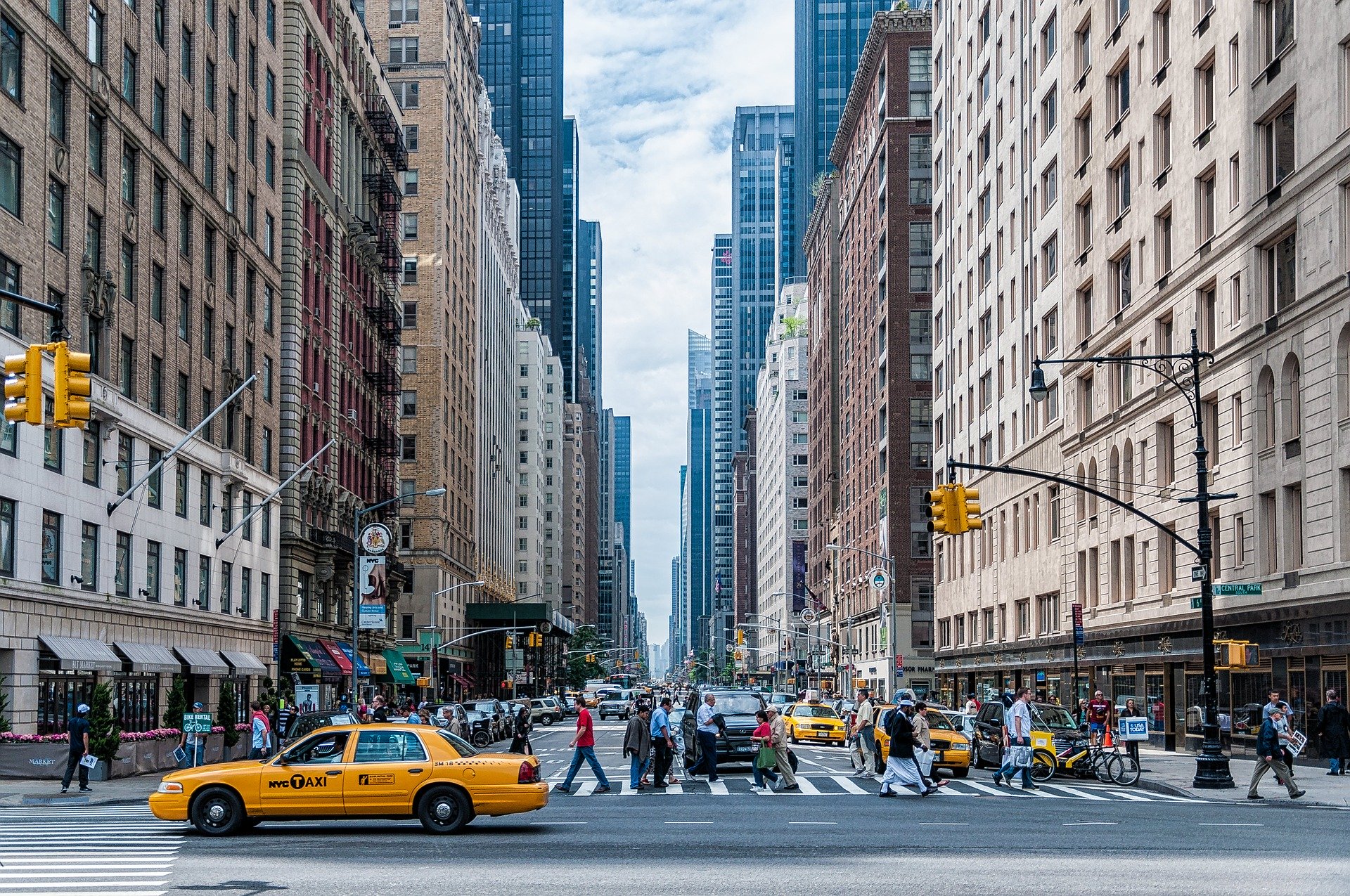The New York City Council passed the Climate Mobilization Act (CMA) on April 18, 2019. The CMA is set of local laws, designed to guide NYC toward its ambitious climate targets, including carbon neutrality by 2050, as outlined in the Paris Agreement. The ambitious, groundbreaking legislative package encompasses Local Laws 92, 93, 94, 95, 96 and 97, and hopes to reduce NYC carbon emissions by 40% (2030) and eventually 80% (2050). In a document created by the NYC Mayor’s Office of Sustainability, the potential impact of the Climate Mobilization Act is outlined in numbers:
- 10% Reduction of total NYC emissions by 2030.
- Elimination of 6 million tonnes of GHG emissions by 2030.
- Creation of 26,700 clean energy jobs by 2030.
- Prevention of 50 to 130 premature deaths per year by 2030.
- Prevention of 150 hospital visits per year by 2030.
In terms of citywide impact and potential for positive change, Local Law 97 (LL 97) is surely the key component of the CMA. Below, we’ll have a look at each of these local laws, and briefly outline their potential contribution to the reduction of greenhouse gas emissions, and the growth of renewable energy, in New York City.
Local Law 97 (Reducing Building Greenhouse Gas Emissions)
This is the main component of the Climate Mobilization Act, concerning greenhouse gas (GHG) emissions arising from New York City buildings. LL 97 has the biggest potential for positive change of the entire CMA package, as buildings are currently responsible for nearly 70% of all NYC greenhouse gas emissions. This law focuses specifically on larger buildings (bigger than 25,000 sq ft), which, of course, are responsible for the bulk of the GHG emissions.
From 2024 onwards, these buildings will be required to meet strict GHG emissions limits. Currently, there are about 50,000 buildings across 22,000 properties facing these emissions caps. The specifics of these newly introduced limits will vary somewhat depending on the type of building, but for the most part, buildings will be expected to reduce their carbon emissions per square foot by about 50%.
Within LL 97, there are 3 important components which will contribute to the reduction of GHG emissions:
- Penalties: Beginning in 2024, buildings over 25,000 square feet failing to meet carbon emissions limits will pay penalties. These limits will become stricter again in 2030.
- Trading System: By 2021, NYC intends to outline an emissions trading system for buildings. Pricing mechanisms and credit verification will be considered.
- Renewable Energy Credits (RECs): Buildings may purchase RECs (generated or deliverable into the NYC electric grid) in order to deduct up to 10% of their emissions.
Local Law 96 (Establishing a Property Assessed Clean Energy (PACE) Program)
The PACE program, established by NYC Energy Efficiency Corporation (NYCEEC), will enable energy efficiency retrofits for NYC buildings through low-cost, long-term financing for projects. This will lessen the financial burden on those responsible for undertaking these retrofits on their buildings.
Local Law 95 (Adjusting Energy Letter Grade Ranges)
You’re probably used to seeing those health & safety grades (A, B, C) in the windows of New York City restaurants and food establishments. Starting in 2020, LL 95 establishes a somewhat similar grading system for the energy efficiency of buildings over 25,000 square feet. Grade ranges are as follows, with scores determined from Local Law 84 data:
- A: 85 - 100
- B: 70 - 84
- C: 55 - 69
- D: 1 - 54
- F: Failure to comply with LL 84
Local Laws 94, 93 & 92 (Requiring Green Roofs on NYC Buildings)
These three laws have been grouped together as they all concern green roof requirements for New York City buildings. Under LLs 94 & 92, all newly-constructed buildings, as well as those undergoing major roof renovations, are required to install a rooftop solar PV, green roof, or cool roof system. Unlike some of the other laws noted here, this legislation applies to all buildings, regardless of size or type. Additionally, under LL 93, a new office called the NYC Office of Alternative Energy, is required to share information concerning the installation of green roofs and materials involved in green roof systems.
To learn more about the New York City Climate Mobilization Act (CMA), or NYC renewable energy in general, contact YSG Solar today. You can send an email to info@ysgsolar.com, or call us at 212.389.9215.
By Shane Croghan
Sources:
https://enpg.com/wp-content/uploads/2019/06/Website-CMA-PDF_v2.pdf

